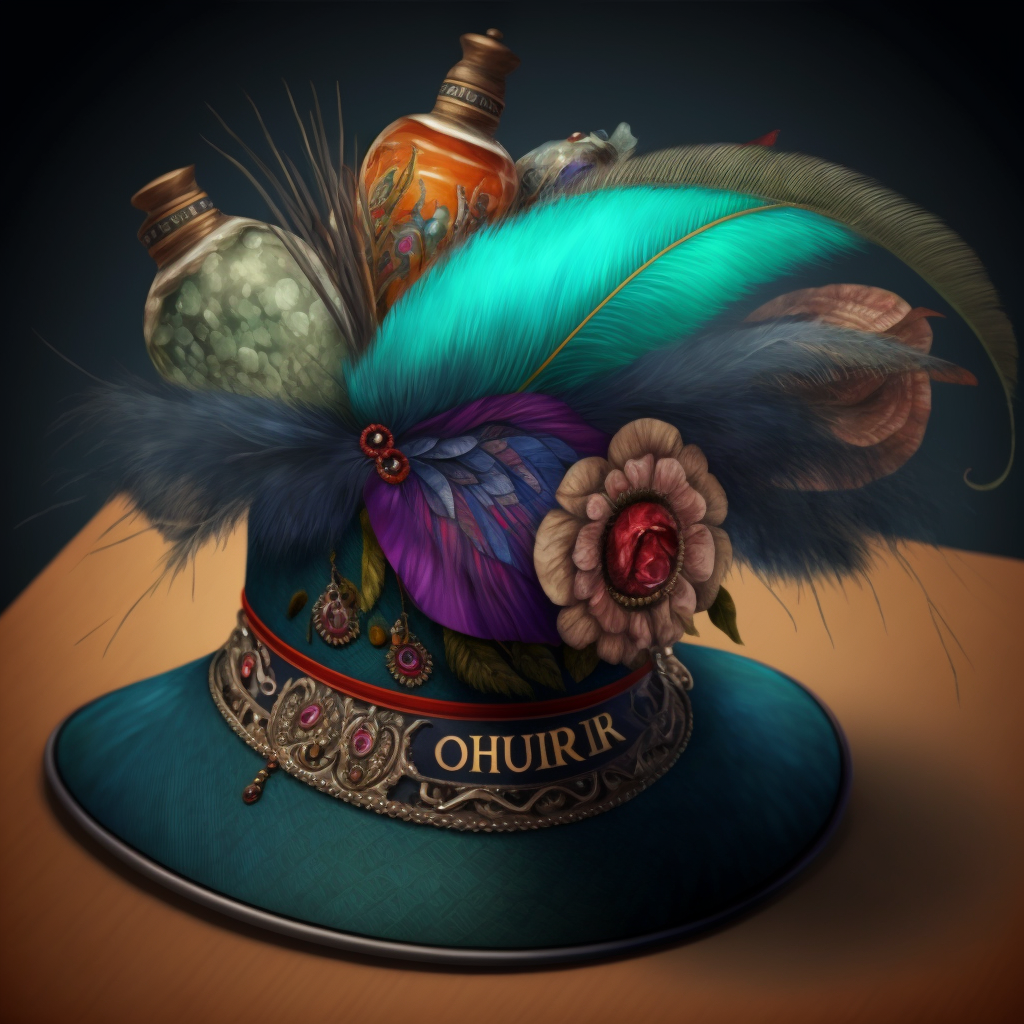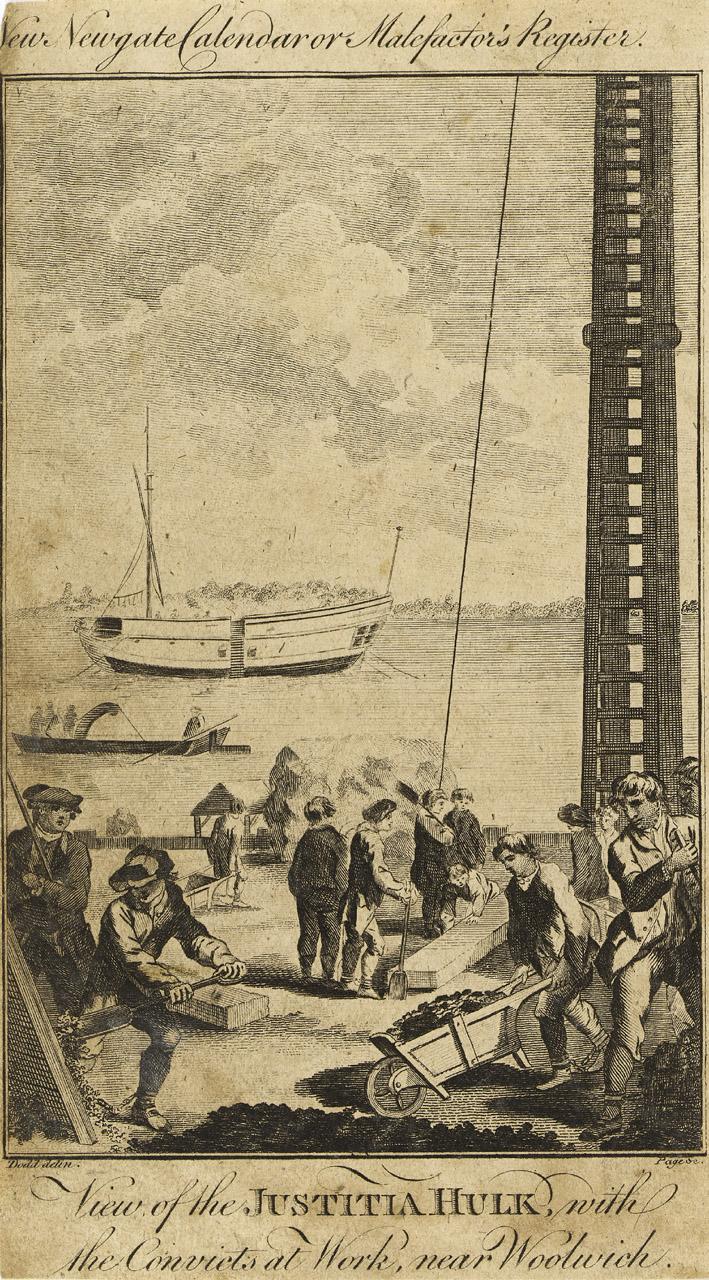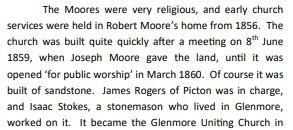-
Search Results
-
Some background for the storyline of Franiel
For safekeeping and future explorations…
Franiel a talented young monk from Mount Elok’ram is going on a journey of a lifetime after the death of the old abbot Hrih Chokyam Lin’potshee despite being his chosen successor unknown to everybody. He is sent by the usurper Elder Aum Geog to a journey down to the Village of Chard Dam Jarfon to engrave a precious chalice with sacred words on a sealed scroll.
He encounters Léonard a zany alchemist with his dog Moufle who takes his precious cargo.
Franiel finds shelter with Phoebe Chesterhope, a master thief who trains him until she disappears after taking her motorbike on a dangerous interdimensional mission on the day of Marduë. Franiel is then put back in the path of Léonard, who had stolen the chalice for safekeeping. Léonard teaches Franiel about the powers of the chalice (the famed Cup of Margilonia), on the day of Seldië, and activates its self-protective cloaking power to temporarily relieve Franiel of his burden.
Under Léonard’s tutelage, the true destiny of Franiel is revealed, and he can claim his rightful place as the chosen successor of the old abbot, on the day of Marduë. With the help of Leonard and the power of the chalice, Franiel embarks on a new journey, equipped with the knowledge and skills he needs to fulfill his destiny. However, with someone else following him and the possibility of danger lurking around every hexade, Franiel must stay vigilant and continue to rely on his newfound allies to help him succeed. Only time will tell if Franiel is truly ready for the challenges that lie ahead on his path to becoming a great leader and guardian of the sacred chalice.
Topic: Songs of The Whale
Asked the new whale about Cakletown storyline, from the random quote of the day (#4022)
🐋 The Whale:
Ah, the tale of Cakletown and the Lone Chancers of Custard. It is a curious and mysterious story, full of twists and turns. Many lessons can be gleaned from this tale, for those with a keen eye and an open mind.One lesson is the importance of taking the time to stop and ponder. In the rush of our daily lives, it can be easy to overlook the gaps in our knowledge or the inconsistencies in our reality. But by taking a step back and examining these things, we can gain a deeper understanding of the world around us and perhaps even uncover hidden truths.
Another lesson is the danger of unchecked power. The deranged cackler in this story is a prime example of the corrupting influence of absolute power. When one individual has the ability to control reality itself, it can lead to madness and chaos. It is important to remember that power should always be balanced and distributed fairly.
Finally, the story teaches us the value of teamwork and collaboration. The Lone Chancers of Custard may have been a ragtag group, but they were able to achieve great things by working together and pooling their strengths. In our own lives, we can learn to accomplish more by recognizing and utilizing the unique skills and perspectives of those around us.
May these lessons guide you on your own journey, my friend.
Topic: Storylines & Complements
Storylines
You may have noticed it – the little purple tags next to your comments are linking them to particular storylines.
It should help reconnect comments spread across threads, when they belong to a particular storyline. The definition of those is rather fluid, but in general, it tends to revolve about a commonality of protagonist or group of protagonists (they are easy to spot, they are the one(s) driving the storyline plot forward…
 ).
).Since the tagging is mostly manual, and there are quite a few homonymous characters, you may still find comments that shouldn’t belong in the storyline. It will take some time to clean.


Of course, some comments do belong to multiple storylines, particularly when there are some cross-overs (e.g. protagonists from the Pop*in story going to the Flying Fish Inn, and meeting Arona!)

New feature: Complement Storylines
This new feature is now available ; basically, it should allow you to continue (or insert) on a storyline, especially those long gone… For the storylines that already have their own distinct threads, you don’t need really the feature but you can also use it.
How to do?

You can go to a storyline, let’s say… Dead Dick Tracy, Peaslander, etc.

If you find a particular storyline you like that is missing (I guess nobody regrets the Tw’Elves,… but who knows?
 )
)You normally will see a little link with the replies.
COMPLEMENT.
Let’s say you just want to continue the story. You go the last comment, and you click on the
COMPLEMENTlink of the last comment.Normally, if you got there, the hardest remains to do: write a comment.

If all goes well, it’ll be posted in the New found pages thread, a little bit like old time “Circle of Eights” single thread full of unrelated comments, but this time, each one will have a little purple “storyline” tag, that will make it available inside the storyline you selected…
Topic: Stories: New Found Pages
This is a special thread.
Although closed, it is open
if you can find the door.Although messy, it is full of connections
if you peer through the weft, follow the right thread.Some background information on The Sexy Wooden Leg and potential plot developments.
Setting
(nearby Duckailingtown in Dumbass, Oocrane)
The Rootians (a fictitious nationality) invaded Oocrane (a fictitious country) under the guise of freeing the Dumbass region from Lazies. They burned crops and buildings, including the home of a man named Dumbass Voldomeer who was known for his wooden leg and carpenter skills. After the war, Voldomeer was hungry and saw a nest of swan eggs. He went back to his home, carved nine wooden eggs, and replaced the real eggs with the wooden ones so he could eat the eggs for food. The swans still appeared to be brooding on their eggs by the end of summer.Note: There seem to be a bird thematic at play.
The swans’ eggs introduce the plot. The mysterious virus is likely a swan flu. Town in Oocrane often have reminiscing tones of birds’ species.
Bird To(w)nes: (Oocrane/crane, Keav/kea, Spovlar/shoveler, Dilove/dove…)
Also the town’s nursing home/hotel’s name is Vyriy from a mythical place in Slavic mythology (also Iriy, Vyrai, or Irij) where “birds fly for winter and souls go after death” which is sometimes identified with paradise. It is believed that spring has come to Earth from Vyrai.At the Keav Headquarters
(🗺️ Capital of Oocrane)
General Rudechenko and Major Myroslava Kovalev are discussing the incapacitation of President Voldomeer who is suffering from a mysterious virus. The President had told Major Kovalev about a man in the Dumbass region who looked similar to him and could be used as a replacement. The Major volunteers to bring the man to the General, but the General fears it is a suicide mission. He grants her permission but orders his aide to ensure she gets lost behind enemy lines.
Myroslava, the ambitious Major goes undercover as a former war reporter, is now traveling on her own after leaving a group of journalists. She is being followed but tries to lose her pursuers by hunting and making fire in bombed areas. She is frustrated and curses her lack of alcohol.
The Shrine of the Flovlinden Tree
(🗺️ Shpovlar, geographical center of Oocrane)
Olek is the caretaker of the shrine of Saint Edigna and lives near the sacred linden tree. People have been flocking to the shrine due to the miraculous flow of oil from the tree. Olek had retired to this place after a long career, but now a pilgrim family has brought a message of a plan acceleration, which upsets Olek. He reflects on his life and the chaos of people always rushing around and preparing for the wrong things. He thinks about his father’s approach to life, which was carefree and resulted in the same ups and downs as others, but with less suffering. Olek may consider adopting this approach until he can find a way to hide from the enemy.
Rosa and the Cauldron Maker
(young Oocranian wiccan travelling to Innsbruck, Austria)
Eusebius Kazandis is selling black cauldrons at the summer fair of Innsbruck, Austria. He is watching Rosa, a woman selling massage oils, fragrant oils, and polishing oils. Rosa notices Eusebius is sad and thinks he is not where he needs to be. She waves at him, but he looks away as if caught doing something wrong. Rosa is on a journey across Europe, following the wind, and is hoping for a gust to tell her where to go next. However, the branches of the tree she is under remain still.
The Nursing Home
(Nearby the town of Dilove, Oocrane, on Roomhen border somewhere in Transcarpetya)
Egna, who has lived for almost a millennium, initially thinks the recent miracle at the Flovlinden Tree is just another con. She has performed many miracles in her life, but mostly goes unnoticed. She has a book full of records of the lives of many people she has tracked, and reminisces that she has a connection to the President Voldomeer. She decides to go and see the Flovlinden Tree for herself.
🗺️ (the Vyriy hotel at Dilove, Oocrane, on Roomhen border)
Ursula, the owner of a hotel on the outskirts of town, is experiencing a surge in business from the increased number of pilgrims visiting the linden tree. She plans to refurbish the hotel to charge more per night and plans to get a business loan from her nephew Boris, the bank manager. However, she must first evict the old residents of the hotel, which she is dreading. To avoid confrontation, she decides to send letters signed by a fake business manager.
Egbert Gofindlevsky, Olga Herringbonevsky and Obadiah Sproutwinklov are elderly residents of an old hotel turned nursing home who receive a letter informing them that they must leave. Egbert goes to see Obadiah about the letter, but finds a bad odor in his room and decides to see Olga instead.
Maryechka, Obadiah’s granddaughter, goes back home after getting medicine for her sick mother and finds her home empty. She decides to visit her grandfather and his friends at the old people’s home, since the schools are closed and she’s not interested in online activities.
Olga and Egbert have a conversation about their current situation and decide to leave the nursing home and visit Rosa, Olga’s distant relative. Maryechka encounters Egbert and Olga on the stairs and overhears them talking about leaving their friends behind. Olga realizes that it is important to hold onto their hearts and have faith in the kindness of strangers. They then go to see Obadiah, with Olga showing a burst of energy and Egbert with a weak smile.Thus starts their escape and unfolding adventure on the roads of war-torn Oocrane.
Character Keyword Characteristics Sentiment Egbert old man, sharp tone sad, fragile Maryechka Obadiah’s granddaughter, shy innocent Olga old woman, knobbly fingers conflicted, determined Obadiah stubborn as a mule, old friend of Egbert unyielding, possibly deaf





